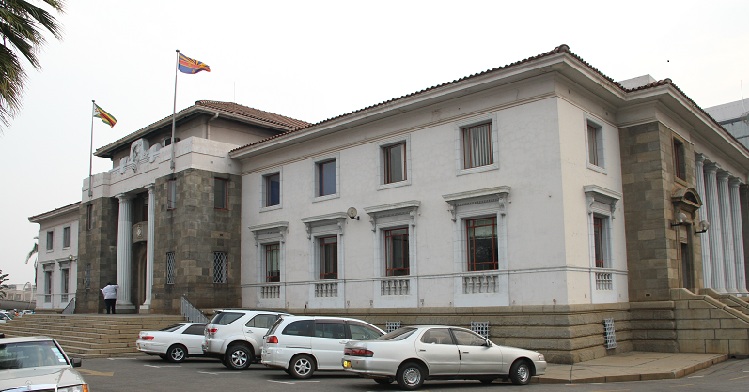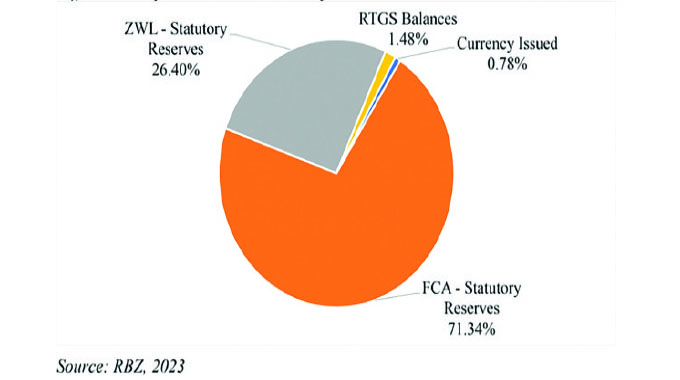Carnival comes to Harare


Carnival usually involves a public celebration or parade combining some elements of circus, masked or costume parade and a street party
Isdore Guvamombe Tourism Matrix
This month will forever be remembered in the history of Harare when Zimbabweans in their broad totality are expected to pour out of their homes and business premises to celebrate with pomp, zest and funfair, the country’s diversity.
The second edition of the Harare International Carnival comes to town in a more improved, more organised and more diverse way after given the way the Zimbabwe Tourism Authority has gone out of its way to market, promote and develop the country’s tourism through this new trajectory.
At least 26 countries have registered to participate at the carnival running from May 16-26.
Among the events will be the Miss Carnival, Mbira Night, Gospel Show, Ethiopian Night, Jazz Night and Sungura Night among others. The ultimate event will be the street party on May 26 in which people will pour into the streets and celebrate. For that day, public drinking is allowed, hey!
A carnival is a creative art form, aesthetic and dramatic spectacle as well as an entertainment presentation on a mass level usually celebrated annually in many countries across the globe.
A carnival is a festival of colours, which transforms into costumes (Mas short for Masquerade), calypso, steel band music, dance and an array of different ethnic food and art; which attracts millions of people from around the globe.
Carnival usually involves a public celebration or parade combining some elements of circus, masked or costume parade and a street party.
A carnival celebration is a great way to showcase a country’s cultural heritage, its people, food, drink, music and its everything.
The first ever Zimbabwe International Carnival held in Harare last year was an exceptional achievement.
Jason Moyo Avenue exploded into colour and symphony. Business ground to a halt. The maiden Zimbabwe International Carnival was felt by all and sundry, courtesy of the ZTA. Of course, as is common with all first events, there were technical glitches here and there, which this year, the ZTA has declared to be history.
Zimbabwe is borrowing the concept from other countries where carnivals are real economies and huge business events.
Two famous carnivals are the Rio Carnival in Brazil, also known as “The Greatest Show on Earth’” and the Trinidad Carnival, commonly referred to as “The Greatest Party on Earth”.
Both carnivals have grown into international spectacles, bringing in hundreds of thousands of tourists each year. As their tag lines suggest, each brings a unique experience to the offering.
In Zimbabwe, the carnival is certainly the way to generate tourism in the future given the massive response. Being the first of its kind, it was a learning process for all, from ZTA to the media and performers.
Brazil makes US$2,9 billion per year from carnivals, that are held in each and every city.
Of course, Brazil started in 1949 and has the experience but it takes a year for Brazil to organise a carnival and with ours it was just two months.
Understandably, Zimbabwe needed to start somewhere.
Everything having been said, it was a very good starting point and worth trying. It was an experience well lived. It is the future!
This year, dress the way you like, be colourful, pull behind your colourful plumage, sing and dance and indeed drink and make merry in your own way and Harare will explode.
Zimbabwe will have sent the message to the world. Let us celebrate our diversity.
Feedback: [email protected]








Comments